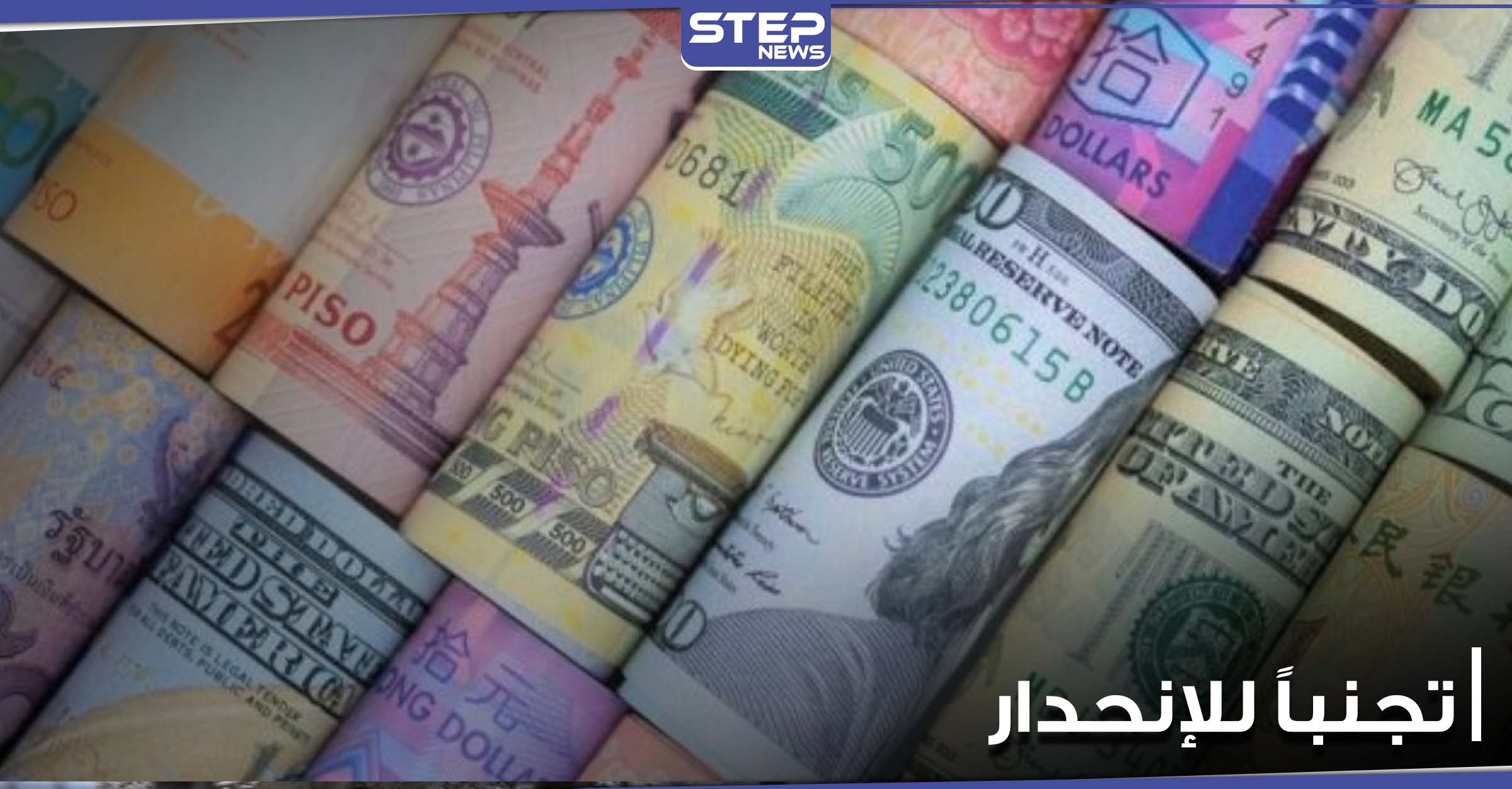
[ad_1]
Several Arab countries have, over the past five years, floated their currencies completely or partially in an attempt to avoid economic crises. However, this measure has had serious repercussions on their citizens, especially vulnerable groups and people with low incomes.
Arab countries liberalized their currencies
Amid the growing fears of the Lebanese people, during the recent period of the Central Bank’s decision to float the exchange rate of the lira, under pressure from the International Monetary Fund, and fears of a decline in the local currency and rising prices, Media reports highlight Arab countries that have resorted to floating policy.
In the beginning, Egypt was one of the first Arab countries to abandon the fixed exchange rate of the pound against the dollar, and completely liberalized the exchange rate, leaving the determined price completely to the supply mechanism and demand in the market.
Among the most striking immediate consequences of this decision is the sharp drop in the exchange rate for the pound, which fell from around 8.8 pounds to the dollar to 18 pounds.
This led to the weakening of the country’s foreign exchange reserves, with inflation rates rising in Egypt in the months following the decision to float, above 35%, at a time when Egyptian deposits denominated in local currencies have eroded due to falling exchange rates.
As for the second Arab country, Yemen, which followed the lead of Egypt, and worked towards the total liberalization of its currency in 2017, in an attempt to close the gap between the official exchange rate, which is set about 250 riyals to the dollar.
However, one of the consequences of this decision was the drop in the price of the local currency, within hours, to exceed 370 riyals to the dollar, which is the current exchange rate on the black market.
To date, despite the passage of almost 4 years since the float, the exchange rates of the riyal against the US dollar vary and average 850-900 riyals in the provisional capital of Aden, against a background of scarcity of currencies.
As for the next Arab country, Morocco was, however, its policy came a little differently, the Moroccan government having resorted to the gradual floating of the dirham, as one of the terms of a reform program stipulated by the Monetary Fund. international for the country.
In 2018, the Moroccan government authorized the exchange rate of the dirham with a margin of 2.5%, upward or downward, against a basket of two euro currencies “with a weight of 60%” and the US dollar “With a 40% weight” as the first step for a full float over a 10 year period.
Morocco began the second phase of the float in March 2020, widening the movement margin to 5%, upwards and downwards.
However, what is striking about this is the absence of sharp confusion in Morocco, following the process of partial floating, because it was not a priority for the local economy, which had a certain stability in the trade and balance of payments activities, and the availability by the country of a secure block of foreign currency.
Iraq was among the Arab countries that partially floated its currency, especially after the Iraqi Central Bank faced a squandering of its foreign exchange reserves in the second half of last year.
This came from the fact that black market speculators took advantage of the difference between the official price “1183 dinars for the dollar” and the parallel market price “1490 dinars for the dollar”.
This forced Iraq, under this pressure, and the pressure of international institutions, last December, to partially float the currency, by reducing the price of the dinar to 1460 against the dollar, in order to eliminate the black market.
Iraqi Finances have justified the fall in the value of the dinar, in the face of the financial crisis to which the country is exposed, following the fall in the selling prices of oil on the world markets, due to the repercussions of the Corona pandemic.
Finally, Sudan was the last Arab country to abandon the fixed exchange rate for its national currency. Last February, the Central Bank of Sudan announced a partial flotation of the local currency, in an approach almost identical to the Iraqi measure.
The Sudanese Central Bank issued a statement at the time, saying: “The decision aims to unify and stabilize the exchange rate, transfer resources from the parallel market to the official market and attract remittances from Sudanese working there. foreign.”
It should be noted that this move by the Sudanese Central Bank was preceded by the unification of the exchange rate, which led immediately after the decision to reduce the price of the local currency by 55 pounds per dollar (official rate at this day) to 370 pounds, as it averaged 379 pounds in transactions for the current week.

Continue more:
)) With the video || Death of the heart in India is confusing scientists. He is buried alive for days and held in a flaming glass room
After the collapse of their currency, 5 Arab countries are threatened with hunger and crush their poor classes
Source link